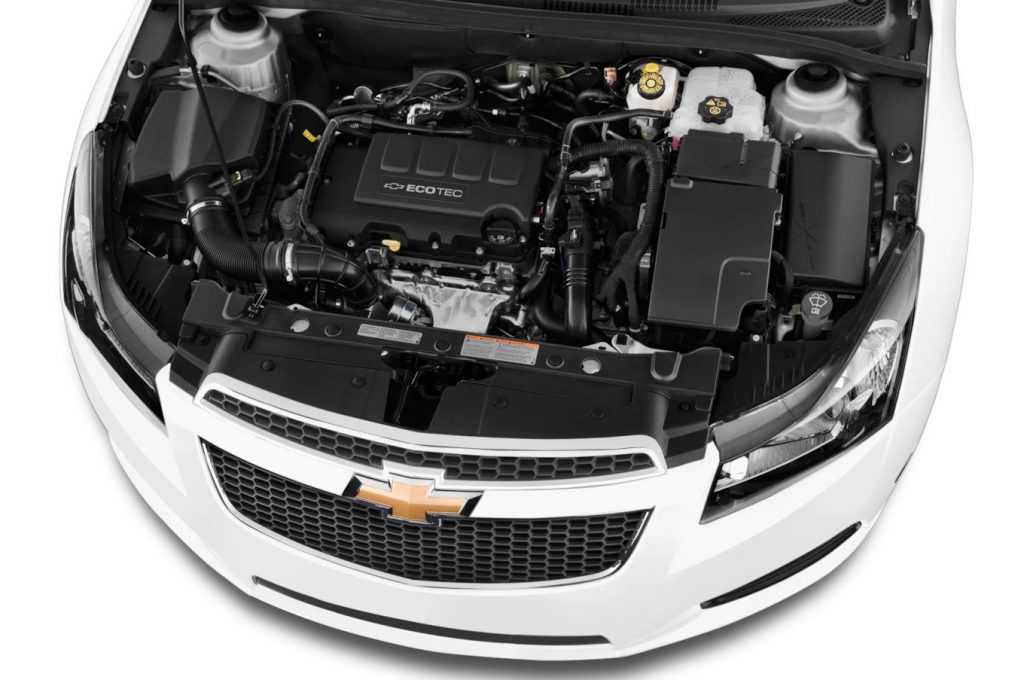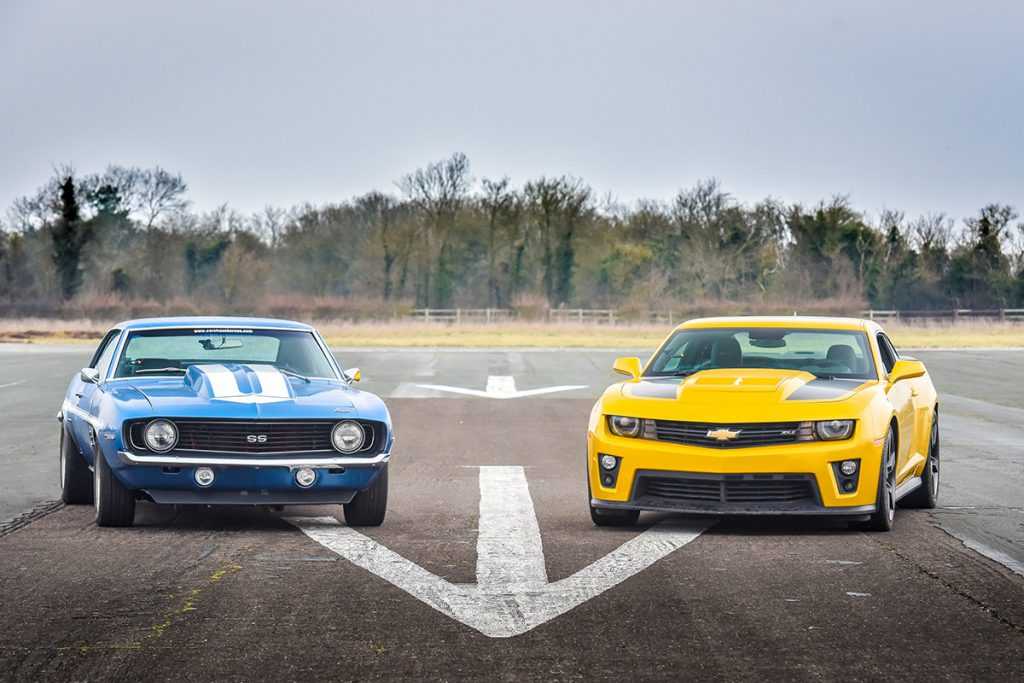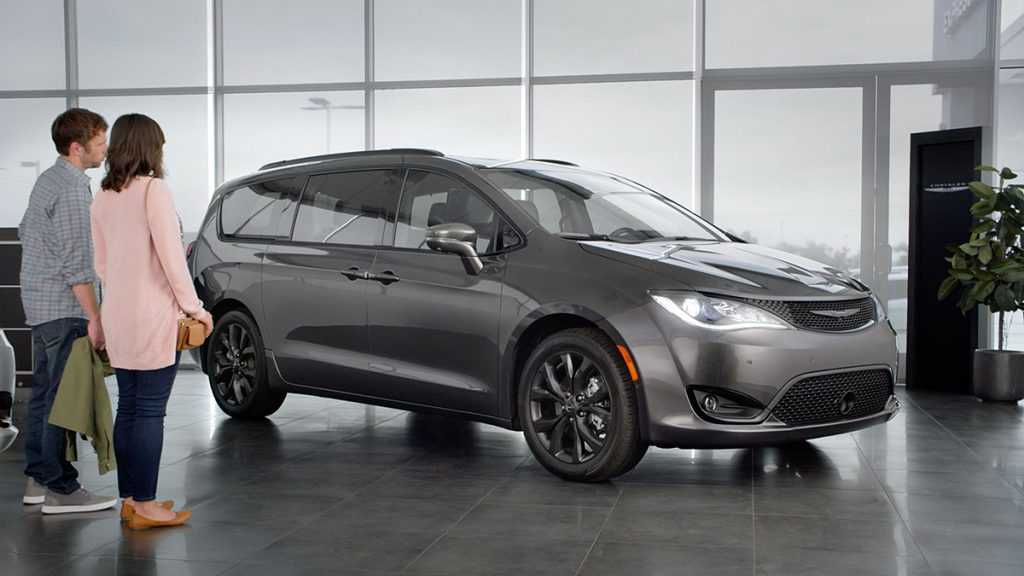Big Block Vs Small Block: A Nice and Easy Explanation!
Today, it is all about big block vs small block. Small block and big block engines have always been in the debates as being a part of the Ford and Chevy models.
These two brands introduced the terms “small and big block engines.” Nowadays, the term confuses many people that they get curious to know more.
Chevy introduced the small-block engine in the mid-1950s. Similarly, in 1968, Ford started with the big block engine for its 385 series.
Let’s get further and be clearer about these terms.
Big Block vs Small Block: How Each One Differs?
This should be simple to determine that the engine that occupies more space is the bigger one. At least, this is what you see about an engine’s external aspects and determine if it is a big blog engine or a small one.
The case is different; however when it comes to the internal working of an engine that differs a big block engine from a small one.
Stroke is the major functioning that makes all the difference between a big and small block engine. Stroke means the activity that makes the up and down motion in the piston.
The small engines make short strokes, and the big ones make large strokes. This does not get visible, but this is the scenario that takes place inside, and hence, the engines get their classification accordingly.
In general, engines with the V-shaped blocks are considered small. Similarly, engines with Y-shaped blocks are Big. These shapes as per their capacity, allow the connecting rod to travel.
The farther the rod travels, the more the stroke happens. So, the stroke capacity is the difference between small block and big block.

SEE MORE:
- Are You Experiencing Reduced Power Engine? Fix This Way
- High Mileage Oil: Know If It Is Worth the Extra Cost
Chevy And Ford: The Rulers of Small and Big Block Engines
In some way, the term “small and big block engines” is associated with the Chevrolet due to its engine series. This all started in the 1950s when Chevy introduced a small-ranged engine. The engine was 265 cubic inches that came out in 1955!
Chevrolet continued producing the small block engines in 1955 and continued it till 1970.
The company introduced the engine with the 262 cubic inches and took it further to 265, 267, 283, 302, 305, 307, 327, 350, and the 400 ci being the Chevy V8 engines.
This way, Chevy that is known as the Original Equipment Manufacturer is considered to be the most successful in the field of engine manufacturing.
Among all these variants, the 350-ci or the 5.7-liter was the most common one. This was because of the massive amount of production that took place for the 350-ci engine.
What Is a “Big Block Engine”?
Understanding the big block vs small block further, the big-block engines were designed to fit the large cars and trucks.
None other than Chevrolet introduced these engines in 1958 for bigger vehicles. For big-block engines too, Chevy brought the displacements such as 348, 366, 396, 402, 409, 427, 454, 502, and 572 cubic inches.
Out of all these creations, 348 to 454 ci variants are still in use. These displacements were part of the “U” series of Chevrolet.
Between 1958 and 1965, Chevy brought the “W” Series with the displacements 348ci (5.7-liter), 409ci (6.702-liter), and the 427ci (6.9973-liter). Later, Ford also joined the “big block” force and started their 385 series for the big-block engines.
Initially, the varieties were limited such as 370-ci, 429-ci, and 460-ci and in the late 1990s, the 460-ci variant came to light as well. This one was for bigger applications such as the trucks.
After Chevy and Ford, Chrysler too became a part and initiated the big and small block engine revolution.
The Simple Way to Understand Big Block and Small Block Engines
The first and obvious point is that big block engines look bigger in size than small block engines
- Bigger block engines have a significantly larger diameter of the piston than small block engines which allows for a longer stroke
- The big-block engines are heavier than small ones
- Plus they are thicker than the small block engines
- The big-block engines include 2-bolt and 4-bolt mains whereas the small ones only include 2-bolt mains
- The big engine fits most of the large passenger cars and truck

Hence, in every aspect, the bigger block engines look wider, larger, and heavier than small block engines.
This becomes the ultimate identity that differentiates both of the blocks. Maintain your car for all possible issues yourself; check out the tutorials here Maintenance Tips.
Big Block Vs Small Block Engines: Which One Is Better?
Well, no engine is better or worse than others; it is the expectations of the car owner that determines whether to go for a big block or small block engine. As the small block weighs less, it provides overall better handling and acceleration.
The big-block engine weighs more, but as it provides more torque than the small one, it overcomes the disadvantage of being bulkier.
So, it depends on the car owner which type of performance he wants, sporty, or city life. The costing also plays a major role here as vehicles with big-block engines are costlier because of the enhanced performance or overall stroke capacity.

Conclusion
Chevrolet was the one to introduce both of these terms to the world. Later, Ford adopted the revolution too and manufactured various small and big block engines.
Also, it is not mandatory that a big block engine always contains more cubics, but it depends more on the internal assembly of the parts that allow for a larger stroke.
If you are concerned about these two creations, make sure to ask the engine type before finalizing the car or vehicle you are going to buy.
There are specific wheels as per the engine type; do tell your requirements if you want to explore the vehicles with a specific engine block. We hope you have a clear understanding of the big block vs. small block.














